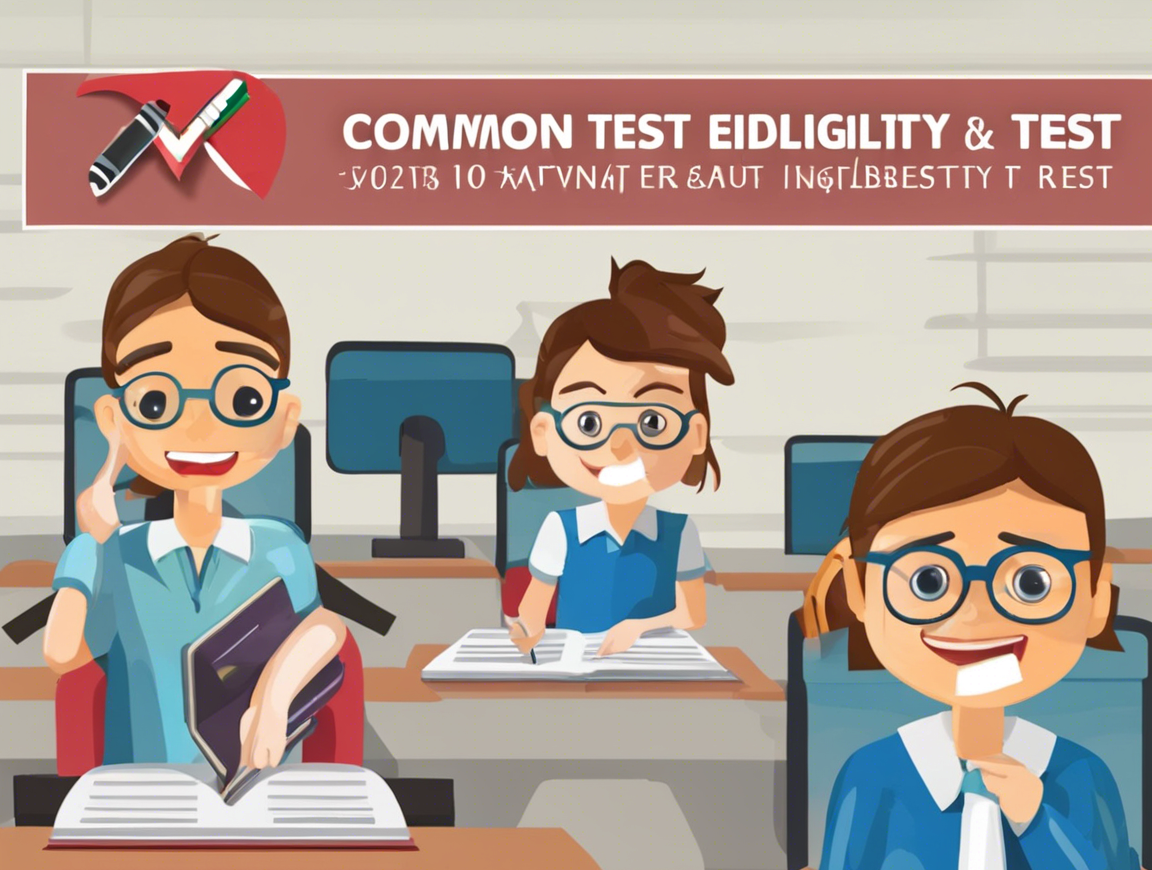Introduction
In the realm of recruitment and employment, efficiency is key. Organizations are continually seeking ways to streamline their processes to save time and resources while ensuring the right candidates are selected for various positions. One such innovative solution gaining traction is the Common Eligibility Test (CET). This standardized test is designed to assess candidates’ aptitude and skills for various government and public sector jobs, streamlining the recruitment process and bringing about a more transparent and fair selection process.
What is the Common Eligibility Test (CET)?
The Common Eligibility Test is a single, standardized entrance examination conducted by the National Recruitment Agency (NRA) to assess the aptitude and skills of candidates applying for non-gazetted government and public sector jobs. The CET aims to replace multiple preliminary examinations conducted by different agencies, reducing duplication and bringing about a common screening mechanism for candidates.
How Does the CET Work?
Candidates aspiring to work in government and public sector jobs will have to appear for the Common Eligibility Test, which will assess their verbal ability, quantitative aptitude, and reasoning skills. Based on their performance in the CET, candidates will be shortlisted for subsequent rounds of recruitment specific to the job they are applying for. The scores obtained in the CET will be valid for a certain period, and candidates can use them to apply for multiple job openings across different organizations.
Benefits of the Common Eligibility Test
-
Saves Time and Resources: By conducting a single entrance exam for multiple job openings, the CET eliminates the need for candidates to appear for multiple preliminary examinations, saving time and resources for both candidates and recruiting agencies.
-
Fair and Transparent: The CET brings about a common screening mechanism, ensuring a level playing field for all candidates and promoting transparency in the recruitment process.
-
Wider Reach: The Common Eligibility Test allows candidates from across the country to apply for various government and public sector jobs, increasing the reach of recruitment drives and enabling a more diverse pool of applicants.
Challenges and Considerations
While the Common Eligibility Test offers numerous benefits, its implementation also poses certain challenges and considerations. Some key points to keep in mind include:
-
Standardization: Ensuring the CET is standardized and covers a wide range of job roles and requirements.
-
Equitable Evaluation: Designing the CET to evaluate candidates fairly and accurately, taking into account the diverse backgrounds and skill sets of applicants.
-
Accessibility: Ensuring that the CET is accessible to candidates from all backgrounds, including those from rural and remote areas.
Frequently Asked Questions (FAQs)
- Who conducts the Common Eligibility Test?
The Common Eligibility Test is conducted by the National Recruitment Agency (NRA) in India.
- What types of jobs will the CET cover?
The CET will cover non-gazetted government and public sector jobs, including positions in banking, railways, and other central government departments.
- Will the CET replace all other recruitment examinations?
While the CET aims to streamline the recruitment process, it may not replace all other examinations. Some specialized roles may still require additional specific assessments.
- How can candidates prepare for the Common Eligibility Test?
Candidates can prepare for the CET by studying the syllabus provided, practicing previous year question papers, and taking mock tests to assess their readiness.
- Will the CET be conducted online or offline?
The CET is likely to be conducted online to reach a wider pool of candidates and ensure a more efficient examination process.
- Can candidates use their CET scores for multiple job applications?
Yes, candidates can use their CET scores to apply for multiple job openings within the validity period of the scores.
- Is there any age limit for appearing for the CET?
The age limit for the Common Eligibility Test may vary based on the specific job requirements and eligibility criteria set by the recruiting agencies.
- Will the CET be conducted in multiple languages?
Efforts will be made to conduct the CET in multiple languages to ensure candidates from different linguistic backgrounds can participate.
- How will the CET benefit recruiting agencies?
Recruiting agencies will benefit from the CET by receiving pre-screened candidates who have demonstrated their aptitude and skills, saving time and resources in the initial stages of recruitment.
- What is the validity period of CET scores?
The validity period of CET scores will be determined by the National Recruitment Agency (NRA) and communicated to candidates appearing for the examination.
In conclusion, the Common Eligibility Test represents a significant step towards standardizing and streamlining the recruitment process for government and public sector jobs. By offering a common screening mechanism and reducing duplication, the CET aims to make the recruitment process more efficient, transparent, and accessible to a larger pool of candidates. As the implementation of the CET progresses, it will be crucial for stakeholders to address challenges and ensure the test’s effectiveness in selecting the best candidates for various job roles.




